Viral challenges.
What words and ideas come to your mind when you hear those words?
Viral challenges have a reputation of being either completely good or bad. In this article, you’ll learn about the viral challenges common nowadays, the pros and cons of these challenges, and what you can do to help your troubled teen navigate the digital world.
Viral Challenges: The 21st Century Chain Letter
In the early 90s and 20s, chain letters were a way of advancing ideas and trends. For example, you’d get an email from a friend about things like spreading joy and happiness and then forward it to everyone you knew as a form of good luck.
Likewise, with the rise of social media platforms like Instagram and TikTok, viral challenges are one way of propagating trends. Here are some of the challenges on these platforms:
- The “Until Tomorrow” Challenge. With this challenge, teenagers are encouraged to share an unflattering picture of themselves on social media without an explanation other than a caption with the words “Until Tomorrow.”
- The black and white picture challenge. This challenge initially started with Turkish domestic violence victims, which became a broader social media trend.
- The “See a dog, share a dog” challenge is about sharing pictures of pets.
- The “Body” challenge with Megan Thee Stallion. This challenge is about copying Megan Thee Stallion (a rapper and singer) choreography from her recently released song “Body.”
2 Reasons Why You Should Care About Viral Challenges
You should care about viral challenges for many reasons. Here are just two reasons why you should care about viral challenges.
1. Part of being a parent is being aware of your child’s life and what’s important to them. It goes without saying that to be relevant to your child, you will need to discuss things that are important to them.
2. It’s a way of your teen finding belonging and a sense of community. As the sociologist Dr. Brene writes in her book Braving the Wilderness, “Belonging is essential. We must belong to something, to someone, to somewhere.” When teens do viral challenges, they often connect with others who are also doing these challenges. Sometimes, there are good sides to these connections, and sometimes, they’re dangerous and negative.
The Pros of Viral Challenges
That being said, there are the pros and cons of viral challenges. Here are some of the pros to viral challenges that we’ve found.
1. Not all viral challenges are created the same. Some viral challenges, such as Megan Thee Stallion’s “Body” dance challenge, are simply about dancing to music and enjoying the moment with others. With this specific challenge, there’s also a body positivity aspect since dancers have all types of body sizes. Likewise, the “Until tomorrow’ challenge is also a celebration of unedited and unfiltered pictures showing that it’s okay for teens to be themselves.
2. Viral challenges offer a sense of belonging. Like it was mentioned before, belonging is important to your wellbeing. If you have a teenager, this is especially true. Being able to sometimes do simple challenges like dance to a song or share a pet’s picture can help alleviate a sense of being different.
3. Viral challenges help distract teens from the pandemic. As COVID-19 continues, viral challenges help remind teens that we’re all in it together. They also are a form of distraction and coping mechanism since teens can focus on other things besides lockdowns.
The Cons of Viral Challenges
Although there are positive sides to these viral challenges, there are still some very important cons parents should be aware of.
1. Viral challenges are sometimes dangerous. Some teenagers have died from these challenges. For example, the recent Benadryl challenge in which individuals overdose on Benadryl has even led to deaths. Likewise, a teen trying to complete a challenge died while taking a selfie. Some teens also have started a trend of licking toilet bowls during this pandemic.
2. Viral challenges can lead to anxiety and depression. As numerous researchers have found, not getting validation online often correlates to depression and anxiety in teens. That’s because this demographic assumes that more likes and views lead to greater happiness and acceptance.
3. Viral challenges can expose your child to inappropriate content. For example, with Megan Thee Stallion’s “Body” challenge, the music video itself is unsuitable for teens. Likewise, other challenges expose teens to age-inappropriate content.
Conversations and Therapy: A Recipe for Success
The best way to help your teen navigate social media and the challenges it presents is by talking to them. If you suspect that your teen is putting themselves or others in danger, you may also seek a therapist or a therapeutic boarding school where they can get help for addiction to screens. At these schools, your teen will also learn how to cultivate internal validation rather than seeking it outside of themselves.



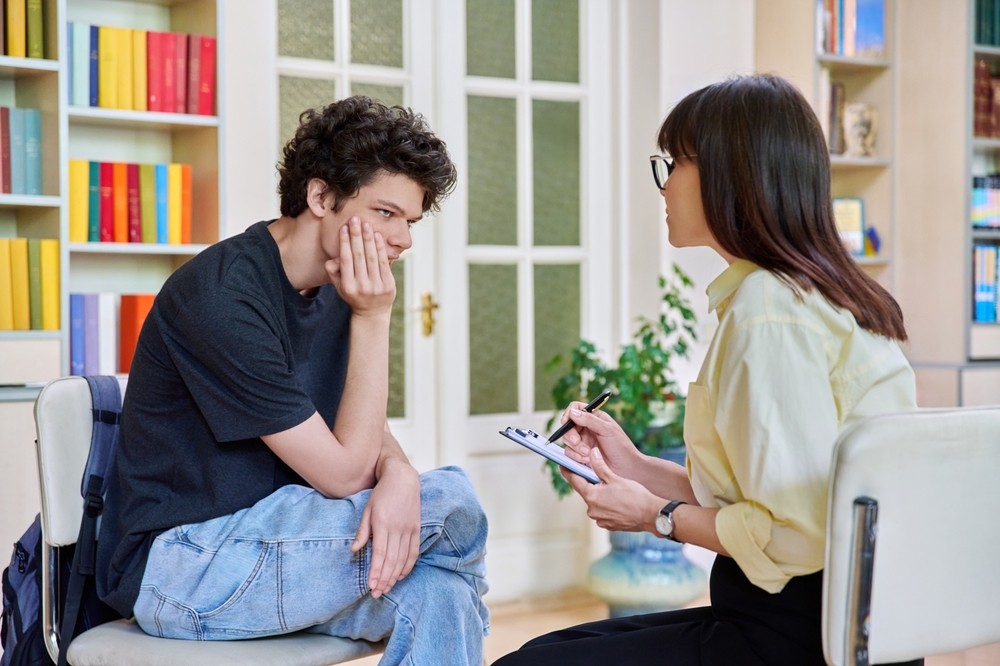
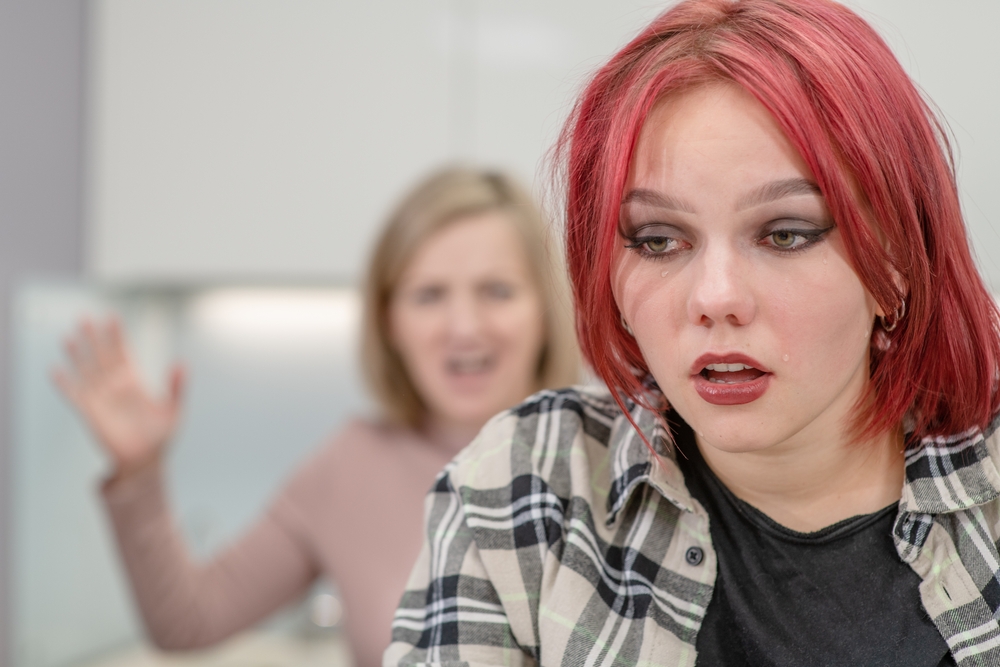

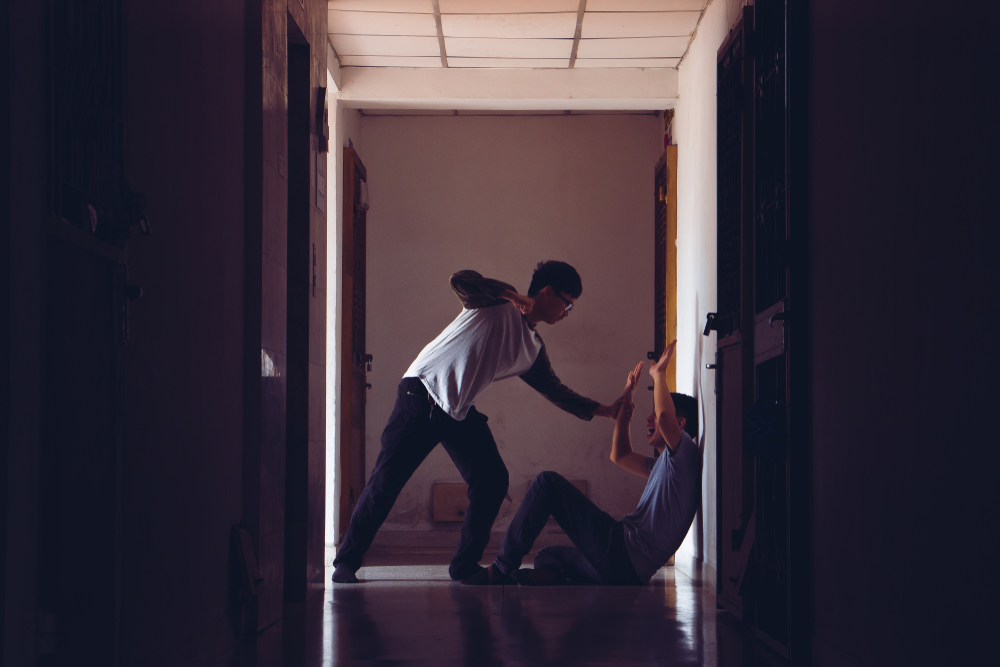
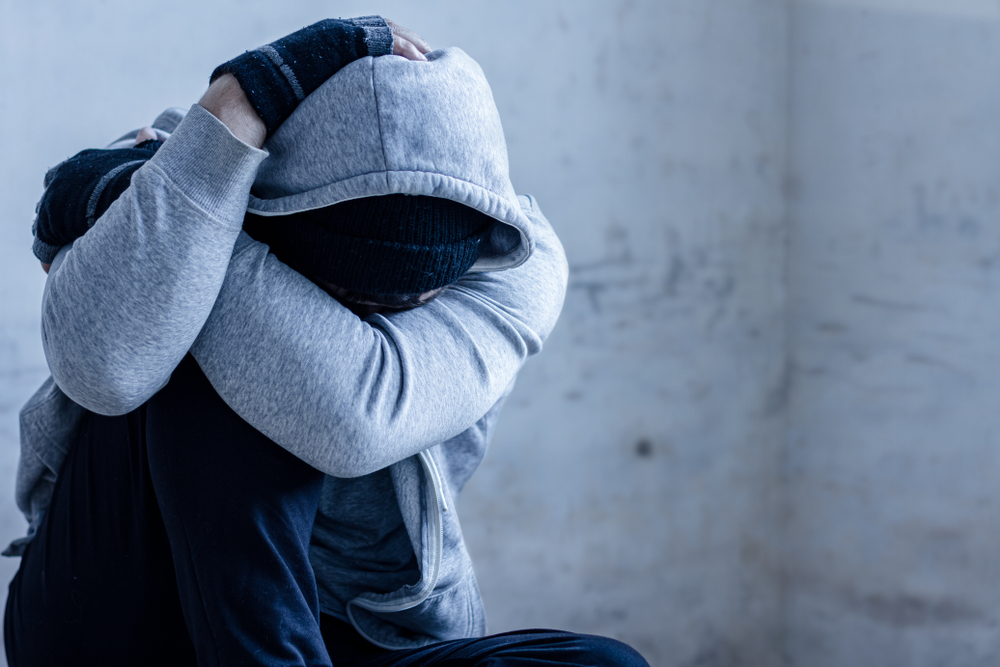

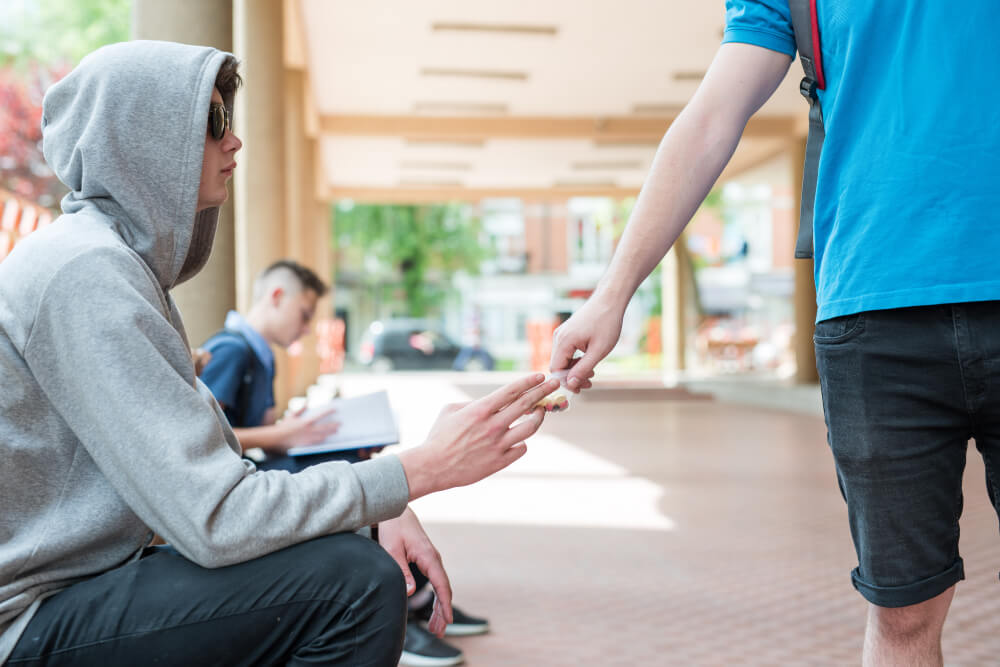
0 Comments